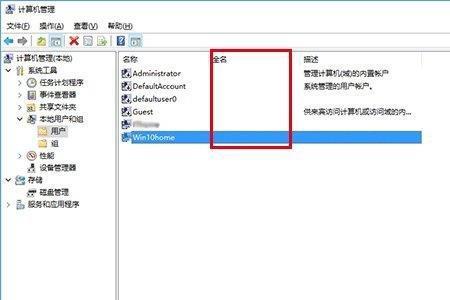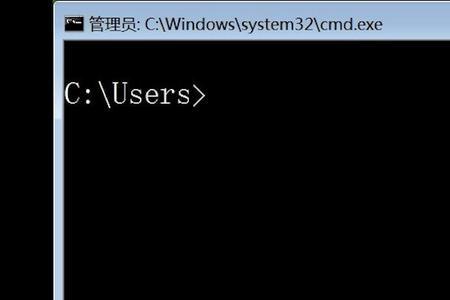without后面加and
without通常表示否定,意为“没有”“无”“不需”,其后可接名词和动名词,表示条件时,意为若无,若非。 扩展资料
一、without可用作副词
1、在外部:
a sturdy structure within and without.
内外都很坚固的'结构
2、缺少:在没有或缺少…的情况下:
had to do without.
没有只好作罢
二、without可用作介词
1、没有缺少:
a family without a car.
没有汽车的家庭
2、没有陪伴没有…:
volunteered without hesitation spoke without thinking.
毫不犹豫地自告奋勇脱口而出
3、在外面对着外面向着外部:
standing without the door.
站在门外
without后面加or还是and
Without后面加or,表示否定两者,用在肯定句 Without后面接and, 用在否定句。
Man cannot live without air and water.
= Man will die without air or water.
没有空气和水,仍旧不能生存。
I found myself in a strange place without money or friends.
我发现自己身处一个陌生的地方,既无钱财又无朋友。
否定成分之间的并列,用or, 举例如下:
I can't sing or dance.
用and,举例如下:
There was no air and no water on the moon.
上面这个例句还有两个否定词,实际被看作是肯定结构,因此要用and。






